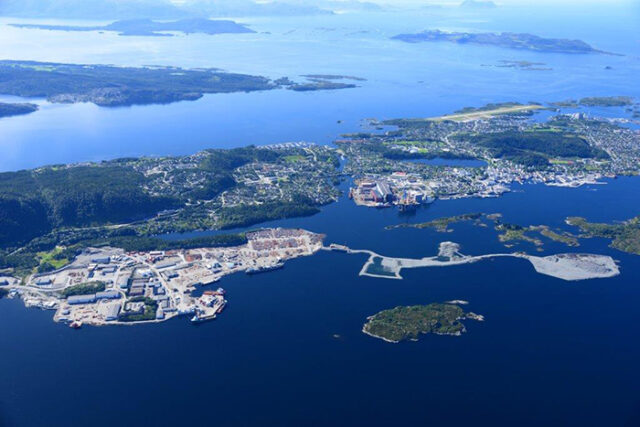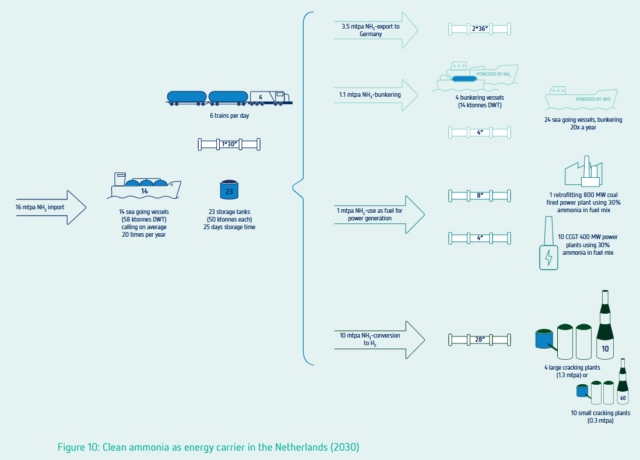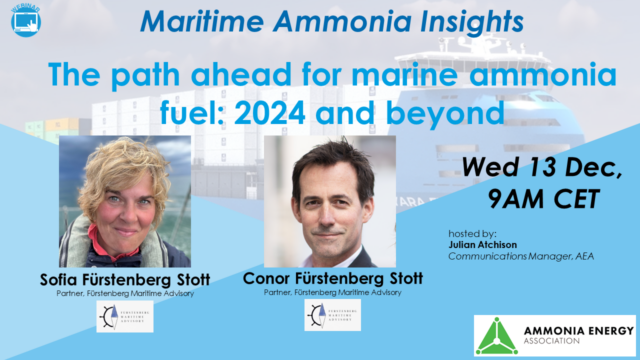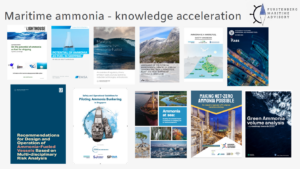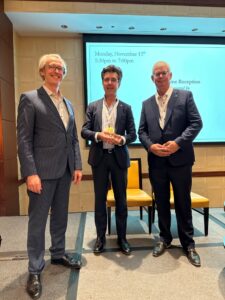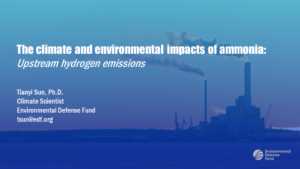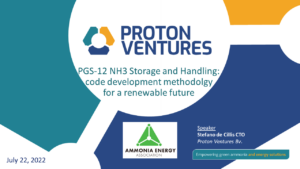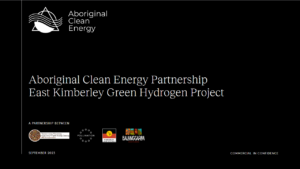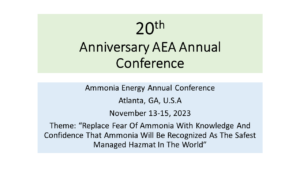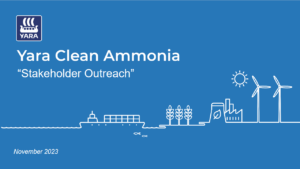Safety approvals for ammonia energy in Norway, Netherlands
Yara and Azane have received approval from Norway’s Directorate for Civil Protection to construct their first ammonia bunker facility at Fjord Base, with the bulk of bunker operations to provide offshore supply vessels with ammonia fuel. In the Netherlands, the Dutch EPA has granted a permit to OCI Global to construct a 60,000 ton ammonia storage tank in Rotterdam, based on requirements that will feature in the updated version of PGS-12.
